
It’s no secret that healthcare is the issue this election. In fact, a recent survey found that 71 percent of voters rated healthcare as “very important” in deciding whom to vote for in next week’s midterms, with 30 percent rating it the “most important” factor.
That is not surprising, as families have endured years of premium increase – often double-digit increases – and higher out-of-pocket fees.
Which is why the Trump administration has been rightfully focused on controlling healthcare costs by reducing regulation and increasing competition and transparency to help drive down prices across the healthcare system.
The Trump administration has achieved a number of notable wins in the process. From banning gag clauses in pharmacy contracts to help patients find the best price for their prescription to a record number of FDA generic drug approvals. With more drugs to market and increased competition, the Trump administration has already made a tangible positive impact on America’s healthcare system.
The administration’s pro-business policies have created a competitive environment, including the unemployment rate falling to near or at record lows for almost all groups, record numbers of job openings — more than the number of unemployed, and the highest wage growth in a decade — 3.1 percent.
More Americans employed, more jobs, higher wages and lower healthcare prices are wins by any measure.
Which is why the administration’s proposal last week to implement price caps on Medicare Part B is worrisome. The administration has consistently and rightly removed government interference and regulation from the healthcare industry to bring down prices – and it has worked.
But, the proposal would tie the price the government pays for drugs to an “international pricing index,” a yet-to-be announced average of prices paid in developed nations. The administration believes these prices should be analogous to prices paid in the United States, overlooking that almost all of these countries have socialist, single-payer systems that limit choice for patients and force one-sided negotiations.
This system and this proposal are antithetical to the Trump Administration’s stated goals of increasing competition and patient access. Worse, history shows that price controls don’t actually work, instead they force governments to control costs by instituting formularies or refusing care, or they force companies to scale back investment in research and development.
For example, Canada has a single payer system and implements government-set price controls. On the surface, this seems great, as consumers don’t see higher prices. However, on a local and a global scale this actually decreases investment in new cures (which lower costs in the long run and improve life expectancy) while driving up prices in market systems, such as here in the United States. The problem of other countries benefiting from U.S. innovation without paying their fair share is a problem of free loading and global market imbalance, bringing the policies that lead to that imbalance to the United States would not help correct the larger issues.
A good resource to illustrate this is a recent report from the White House’s Council of Economic Advisors. The following graph from the report illustrates these larger trends. The graph compares wait times between other developed states and the United States’ Medicare system. It’s important to note that our Medicare system is not single payer, but rather uses certain market forces to set prices. The administration’s plan would cap those prices, in essence bringing our system closer to single payer via increased government interventions. Those caps, as the report shows, have downsides such as increased wait times and other metrics related to access to healthcare.

Another side effect of that system is that fewer cures are available, or they are introduced later, in countries with single payer systems than they are in the United States, because those governments will not pay for those cures. The end result is that patients who live in countries that impose centralized value judgments also have access to fewer treatment options. Recent data shows that nearly 90 percent of newly launched medicines were available in the U.S., compared to just two-thirds in the U.K., half in Canada and France, and one-third in Australia.
When it comes to public health and the cures to complex diseases, that’s a future we shouldn’t accept.
Fortunately, we don’t have to. President Trump has made great progress on making healthcare more competitive. The administration can continue down this path, building on their successes to create a competitive free market for our healthcare industry. The public wants our healthcare system problems addressed, and President Trump has demonstrated that is the person who can do it.

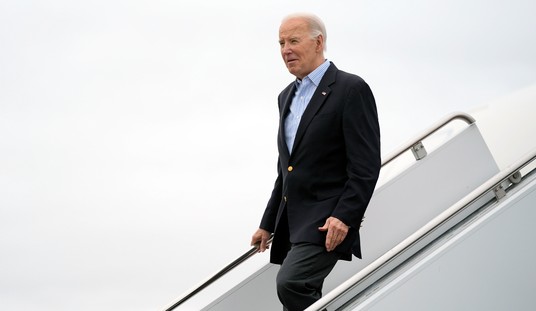
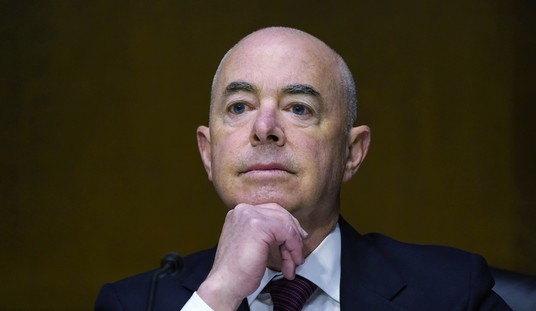
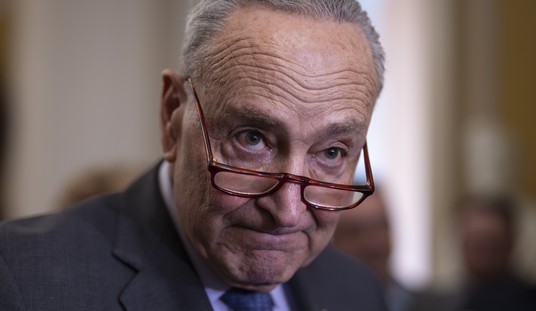
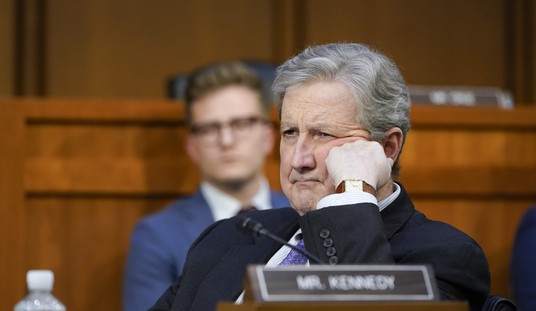



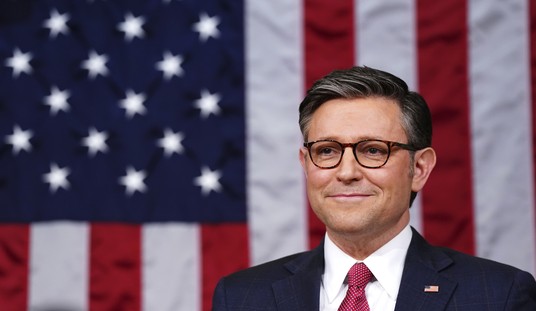

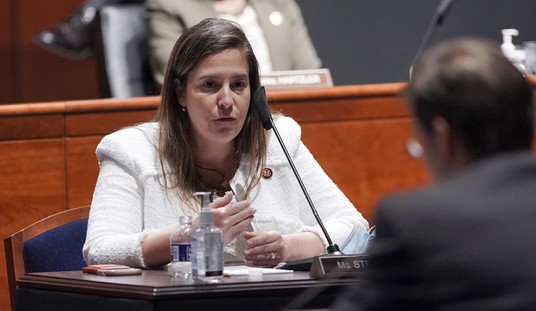

Join the conversation as a VIP Member